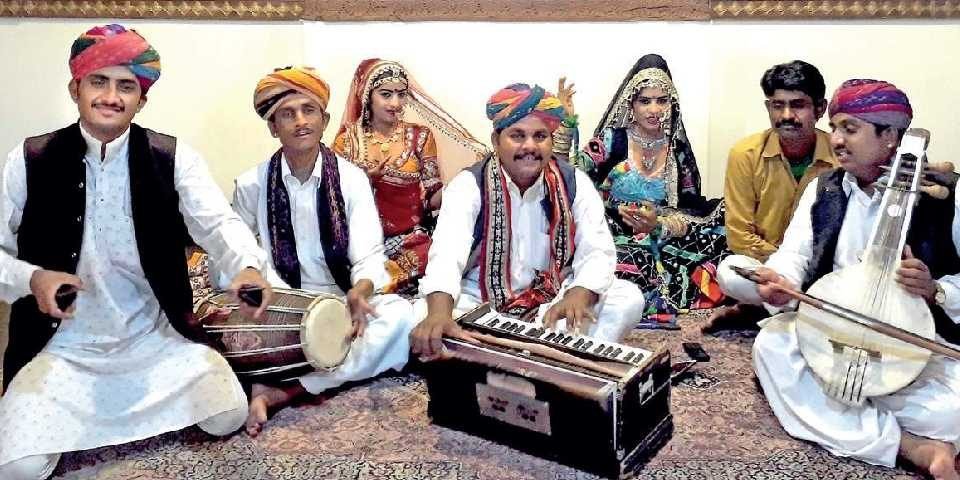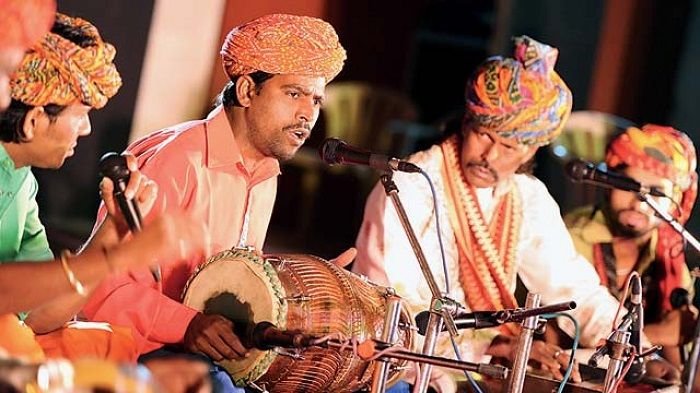Indian pop music, often referred to as Indi-pop, has evolved significantly over the decades, reflecting the changing cultural and musical landscape of India. From its nascent stages in the late 20th century to its current global presence, Indian pop music has undergone a remarkable transformation. This article delves into the evolution of Indian pop music, highlighting its origins, key milestones, influential artists, and its impact on the global music scene.
Origins and Early Influences
The Beginnings of Indian Pop
The origins of Indian pop music can be traced back to the 1980s when Western musical influences began to merge with traditional Indian sounds. The genre emerged as a distinct form of popular music that blended elements of Western pop, rock, and electronic music with Indian melodies and rhythms.
Key Influences:
- Western Pop Music: The introduction of Western pop music genres, such as rock and disco, influenced the development of Indian pop music.
- Indian Film Music: Bollywood music played a significant role in shaping the early sound of Indian pop, with many pop artists drawing inspiration from film soundtracks.
Early Pioneers
Asha Bhosle: Often credited with pioneering Indian pop music, Asha Bhosle’s experimentation with various musical styles helped shape the genre’s early sound. Her collaboration with composer R.D. Burman and her solo work laid the foundation for Indian pop.
Bappi Lahiri: Known for his disco-inspired music, Bappi Lahiri was a prominent figure in the 1980s Indian pop scene. His catchy tunes and fusion of traditional Indian sounds with Western influences gained widespread popularity.
Key Milestones in Indian Pop Music
The Rise of Indi-Pop
The 1990s marked a significant turning point for Indian pop music, with the rise of Indi-pop as a mainstream genre. During this period, Indian pop music gained commercial success and began to establish its identity separate from Bollywood music.
Notable Events:
- Launch of Music Channels: The introduction of music channels like MTV India and Channel V provided a platform for pop artists to showcase their work and reach a wider audience.
- Iconic Albums: Albums such as “Disco Deewane” by Nazia Hassan and “Aaja Nachle” by Alisha Chinai became defining moments for Indian pop music, establishing a new sound and style.
The Digital Age
The advent of the internet and digital technology in the 2000s revolutionized the Indian pop music industry. The rise of digital platforms and social media allowed artists to reach global audiences and experiment with new musical styles.
Key Developments:
- Online Music Platforms: The growth of platforms like YouTube, Spotify, and Apple Music provided Indian pop artists with new avenues for distribution and promotion.
- Independent Artists: The digital age facilitated the rise of independent artists who could release music independently and gain recognition without relying on traditional record labels.
Influential Artists and Their Contributions
Pioneering Artists
Nazia Hassan: Often referred to as the “Queen of Pop” in India, Nazia Hassan’s contributions to the genre with hits like “Aap Jaisa Koi” and “Disco Deewane” helped define the sound of Indian pop in the 1980s and 1990s.
Alisha Chinai: Known for her distinctive voice and catchy tunes, Alisha Chinai’s hits like “Made in India” and “Lover Boy” became iconic tracks in Indian pop music, blending traditional Indian melodies with contemporary sounds.
Contemporary Icons
Dilkush: Known for his innovative fusion of Indian classical music with modern pop elements, Dilkush has gained acclaim for his unique sound and contributions to the genre.
Neha Kakkar: A leading figure in contemporary Indian pop music, Neha Kakkar’s energetic performances and chart-topping hits have made her a popular artist in the current music scene.

Badshah: With his blend of Punjabi music and Western hip-hop influences, Badshah has made a significant impact on the Indian pop music landscape, creating a new wave of urban pop music.
Impact on the Global Music Scene
Expanding Global Reach
Indian pop music has gained international recognition, thanks in part to the global presence of digital platforms and the increasing interest in diverse musical styles. Indian pop artists have collaborated with international musicians and participated in global music festivals, furthering the genre’s reach.
Global Collaborations:
- International Collaborations: Indian pop artists have collaborated with Western musicians and producers, resulting in innovative fusion tracks that appeal to a global audience.
- Music Festivals: Indian pop music has been featured at international music festivals, showcasing the genre’s diversity and talent to audiences around the world.
Influencing Music Trends
The fusion of Indian pop music with global musical styles has influenced contemporary music trends, leading to the emergence of new genres and sounds. Indian pop music’s experimentation with different styles and genres has contributed to the evolution of global music.
Trends:
- Genre Blending: The integration of Indian pop elements with Western genres, such as electronic dance music (EDM) and hip-hop, has led to the creation of new and exciting musical styles.
- Cultural Exchange: The cross-cultural exchange between Indian and Western music has enriched the global music landscape, fostering creativity and innovation.
Challenges and Opportunities
Navigating the Industry
Indian pop music faces several challenges, including competition from Bollywood music, the need for continuous innovation, and the evolving preferences of audiences. However, these challenges also present opportunities for artists to experiment and explore new creative directions.
Challenges:
- Competition: The popularity of Bollywood music often overshadows Indian pop, requiring artists to find unique ways to stand out and gain recognition.
- Changing Trends: Keeping up with evolving musical trends and audience preferences can be challenging for artists, requiring them to adapt and innovate.
Opportunities:
- Digital Platforms: The growth of digital platforms offers Indian pop artists new opportunities for distribution and promotion, allowing them to reach a global audience.
- Creative Collaborations: Collaborating with artists from different genres and backgrounds can lead to innovative and exciting musical projects.
Conclusion
The evolution of Indian pop music reflects the dynamic nature of the genre and its ability to adapt to changing cultural and musical landscapes. From its origins in the 1980s to its current global presence, Indian pop music has undergone significant transformations, shaping the music industry and influencing global trends. As the genre continues to evolve, Indian pop music will undoubtedly continue to inspire and captivate audiences around the world.

